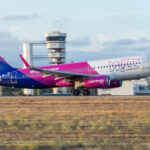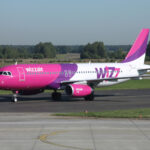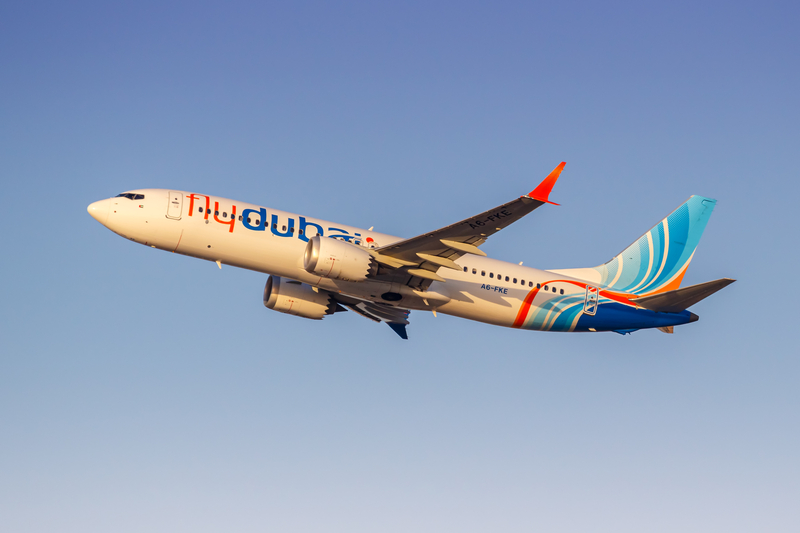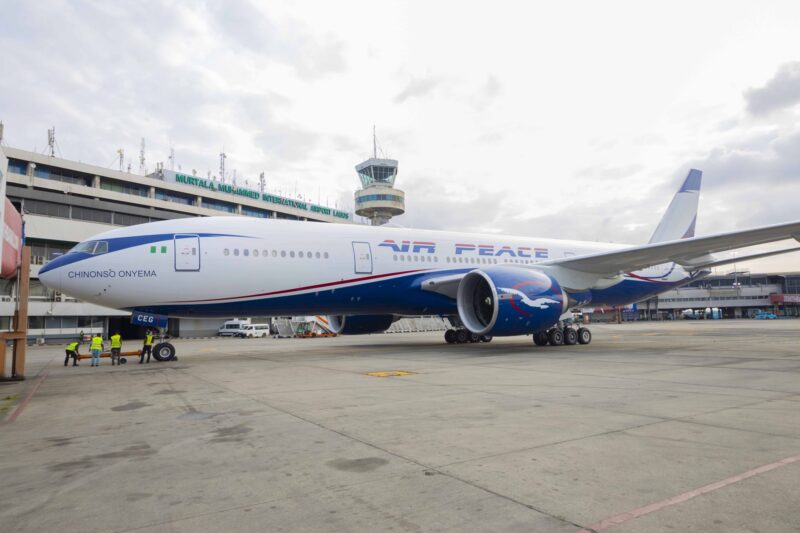Wizz Air Will Base Two A321neos In Podgorica And Launch 14 New Routes
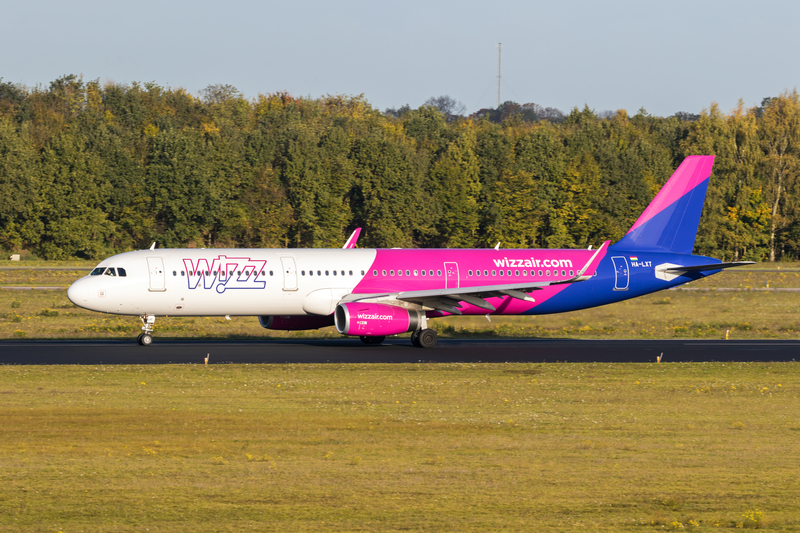
ID 103460913 | Air © VanderWolfImages | Dreamstime.com
Montenegro’s capital is about to get a big jolt of ultra-low-cost capacity. Wizz Air will open a base at Podgorica (TGD) next year and station two Airbus A321neo aircraft, unlocking 14 new European routes—including long-sought links to Barcelona, Rome Fiumicino, Hamburg, and Ljubljana. The move cements Wizz’s position as Podgorica’s largest airline and reshapes the country’s short-haul map just in time for the 2026 summer high season.
A phased launch from late March, then June
Wizz will roll out the network in two waves. The first batch starts around the end of March with launches to Malmö, Paris Beauvais, Hamburg and Maastricht. A larger June wave adds Basel, Barcelona, Rzeszów, Rome Fiumicino, Karlsruhe/Baden-Baden, Cologne, Ljubljana, Poznań, Vilnius, Gdańsk and—mid-month—Wrocław. These join Wizz’s existing year-round services to Budapest, Dortmund, Memmingen and Milan Malpensa, plus seasonal flights to Katowice, London Gatwick and Warsaw.
While exact timetables vary by route, basing aircraft in Podgorica means more “local-friendly” departures—early mornings out and late returns—rather than the awkward timings that often come with non-based operations. Expect most routes at 2–3x weekly initially, with room to add frequencies if demand holds.
New competitive dynamics—especially to Rome and Ljubljana
Wizz will go head-to-head with flag carrier Air Montenegro on Rome and Ljubljana and face Ryanair competition to Gdańsk and Wrocław. That sets up classic ULCC-vs-legacy and ULCC-vs-ULCC contests across the summer:
-
Rome Fiumicino (FCO): A high-visibility trunk route with strong leisure demand and diaspora ties. Wizz’s sharp base fares should pull price-sensitive travelers, while Air Montenegro leans on connectivity and brand loyalty.
-
Ljubljana (LJU): A short hop many in the region have long requested. Direct competition will likely stimulate traffic in both directions—city breaks, VFR, and weekend business trips.
-
Poland (GDN/WRO/POZ/RZE): Ryanair already plays in this sandbox; Wizz’s entry broadens options and typically pushes prices lower. For Montenegro, a deeper Polish portfolio is a proven tourism driver.
Why Podgorica, and why now?
Wizz already leads Podgorica by seats and has projected roughly 309,000 passengers on TGD flights in 2025. Basing aircraft is the logical next step: it lowers unit costs, enables tighter turnarounds, and lets network planners “bank” departures to suit local demand patterns. It also ties in neatly with Wizz’s pan-Balkan strategy—webbing secondary and tertiary European cities with dense, low-fare A321neo flying.
For Montenegro, the upside is clear: more nonstop destinations, more competition, and broader seasonality. The new routes diversify beyond traditional ex-Yugoslav and near-EU flows to include Northern and Western Europe (Hamburg, Cologne, Basel, Malmö, Beauvais, Maastricht) and Southern Europe (Barcelona, Rome), smoothing peaks and troughs across the year.
A321neo economics—and what passengers should expect
Wizz’s A321neo seats around 230-240 passengers in a single-class, buy-on-board configuration. The type’s fuel burn and seat density are tailor-made for Montenegro’s sub-three-hour markets: low costs support low fares, which stimulate demand and open city pairs that legacy carriers can’t profitably maintain.
Onboard, travelers should expect the ULCC standard: pre-assigned seating for a fee, priority/fast-track and large carry-ons for a fee, and paid food and drink. The trade-off is frequency and price. For many routes, Wizz’s entry will be the difference between an inconvenient double-connect and a simple, cheap nonstop.
Airports of Montenegro: opportunity and urgency
The scale-up will test ground infrastructure. Airports of Montenegro CEO Roko Tolić has already flagged urgent work ahead of spring: extended operating hours, a third staffing shift, training new hires, and tightening day-of-operation processes to keep quick turns on schedule. Those steps are critical for a base operation, where a single delay can ripple through the day’s flying.
Still, the operator is bullish on the wider economic lift—hotels, transfers, restaurants, and seasonal employment—especially if some of the new routes sustain into shoulder months.
Air Montenegro’s next move
For the flag carrier, Wizz’s Podgorica base is both a challenge and an opening. On overlapping routes, expect Air Montenegro to lean into schedule quality, checked-bag inclusions, and interline partners to justify a fare premium. Elsewhere, the national carrier can pivot to niches where a smaller gauge and a more traditional product fit better—coordinating with Tivat and exploring thinner regional links where a high-density A321neo would be overkill.
What this means for travelers
-
More choice and typically lower fares on key city pairs, especially Rome, Ljubljana, and Polish destinations.
-
Better weekend and day-trip options thanks to base-optimized timings.
-
Summer availability relief on traditionally cramped peak weeks, spreading demand across more flights and days.
Bottom Line
Wizz’s Podgorica base isn’t just a capacity dump for the summer; it’s a statement of intent in Montenegro. With two A321neos on the ground, 14 all-new routes, and a network that now spans much of Western, Central and Northern Europe, TGD is poised to move from “served” to “connected.” If operations hum and demand materializes as expected, this is the kind of basing that tends to stick—bringing Montenegro a step closer to the seamless European access its tourism-driven economy has been chasing.
